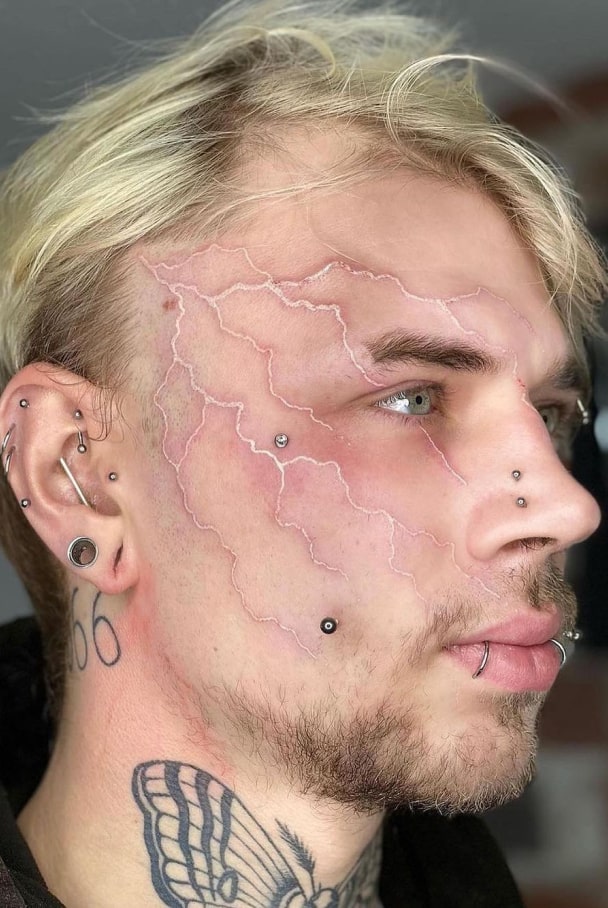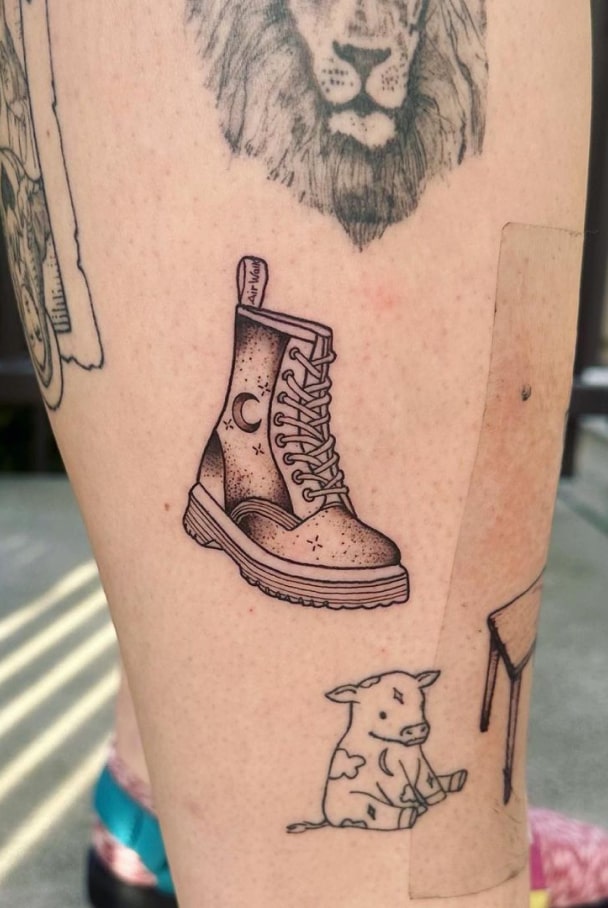Siberia: a frozen, remote wilderness where only the toughest of the tough dared to roam. For thousands of years, ancient nomads like the Scythians and the Pazyryk called this icy expanse home. These people didn’t just survive the brutal winters and short summers; they thrived, and they did it in style—with tattoos! Yep, while you’re here worrying about whether that tiny ankle tattoo will hurt, these nomads were getting full sleeves, chest pieces, and mythological creatures inked on their bodies, all while riding horses and fighting off wild beasts. Hardcore, right?
So, Who Were These Inked-Up Badasses?
Picture this: the Scythians and Pazyryk were expert horsemen, warriors, and hunters who lived a life on the move. They weren’t just wandering aimlessly—they were on a mission, herding their livestock and trading goods like fur, silk, and precious metals. These nomads roamed from modern-day Ukraine to the far reaches of Siberia. They made cool stuff too—like blingy gold jewelry and snazzy leatherwork, and, of course, they made tattoos into an art form.
When they weren’t busy being survival experts, these nomads were decorating their skin with elaborate tattoos that told the world who they were and what they stood for. Forget bumper stickers—these folks tattooed their beliefs, accomplishments, and their connection to the spirit world right on their skin!
Surviving Siberia: Tattoos Help (Sort Of)
Living in Siberia wasn’t exactly a picnic. We’re talking freezing winters where even your woolly mammoth fur coat might not cut it. The nomads made it work with yurts (those portable tents) and animal skins, all while riding horses and hunting for food. You know what else helped? Awesome tattoos, naturally!
These tattoos were more than body art; they were believed to have spiritual power. Animals like deer, eagles, and tigers weren’t just decoration—they were like spiritual Wi-Fi signals to the gods. Need some strength in battle? Slap a tiger on your bicep. Want protection from evil spirits? Get an eagle tattooed on your chest. Not only did the nomads believe these tattoos connected them to the spirit world, but they were also showing off their warrior status. It was basically the ancient equivalent of flexing your biceps at the gym.
The Art of the Ink
Now, these weren’t your typical "I heart mom" tattoos. No, the Siberian nomads took tattoo artistry to the next level. They used natural pigments to ink incredibly detailed designs—think swirling patterns, geometric shapes, and stylized animals that would make modern tattoo artists jealous.
These weren’t random doodles either. Take the famous "Ice Maiden," a young woman found in a burial mound in 1993. Her tattoos included intricate designs of mythical creatures like deer and griffins. That’s right—she had a griffin tattoo before it was cool. Then there was the Pazyryk man whose arms and torso were covered in animal tattoos, from leopards to horses. Basically, they were walking, talking works of art.
And the placement of these tattoos? It was strategic. Arms, shoulders, and chest—the places that people could see when they were alive, but also areas that could be covered up by clothes. It’s like they had both a public and a personal tattoo vibe going on. It’s possible some of the tattoos were meant for spiritual protection, so maybe they thought, "Better safe than sorry!"
Tattoos as Status Symbols
In Siberian nomadic society, tattoos were the ultimate status symbol. Forget fancy cars or designer clothes—these guys had tattoos that let everyone know just how tough and important they were. Warriors would get inked to show off their battle victories or their loyalty to a particular tribe. It was like wearing your resume on your skin, but with way more flair.
These tattoos weren’t just for looking cool (though they totally did). They were like walking talismans—meant to guide and protect the nomads through both life and the afterlife. Some might even say these tattoos were the original multi-purpose accessory: part fashion statement, part spiritual armor.
Conclusion: More Than Just Ink
So, next time you see someone with a tribal tattoo, remember: ancient Siberian nomads were the real pioneers of body art. For them, tattoos weren’t just for fun; they were markers of identity, symbols of spiritual connection, and straight-up badges of honor. Whether they were showing off their warrior status or calling on the spirits for protection, these ancient nomads knew how to rock a tattoo. In the cold and rugged wilderness of Siberia, they didn’t just wear their ink on their skin—it was a deep part of their identity, representing their beliefs, achievements, and connection to the spiritual world.
Now, if only they had Instagram to show it off.








